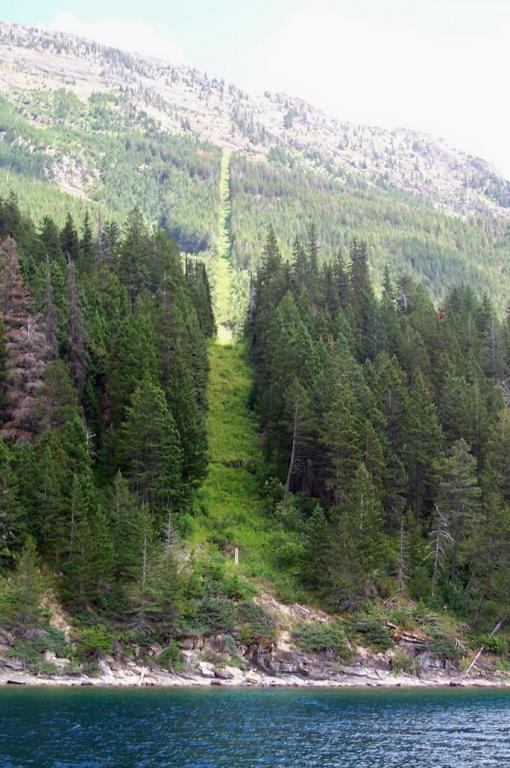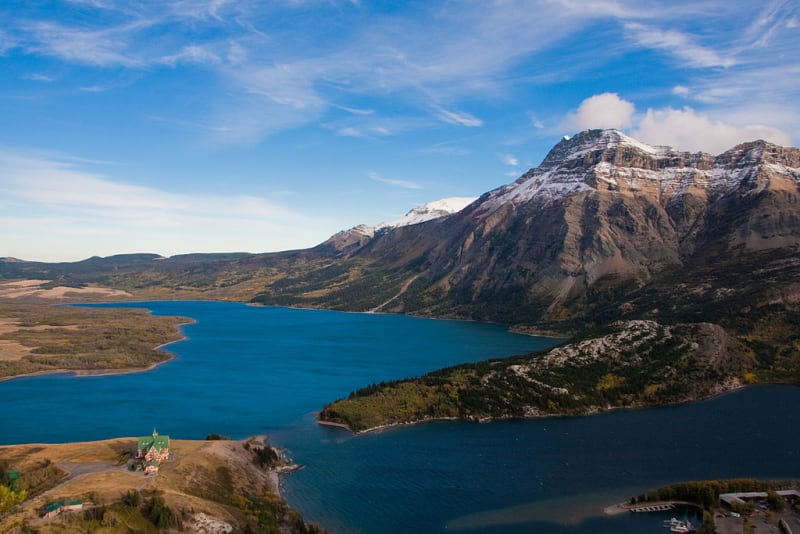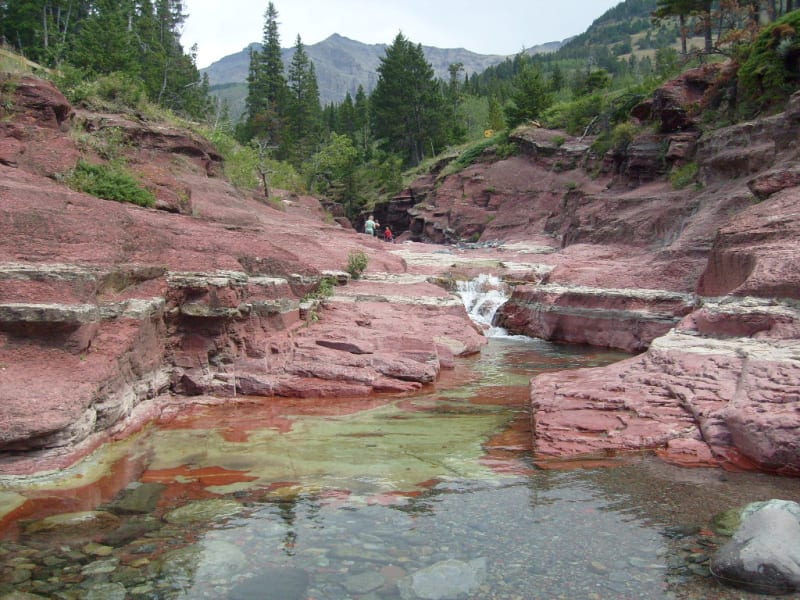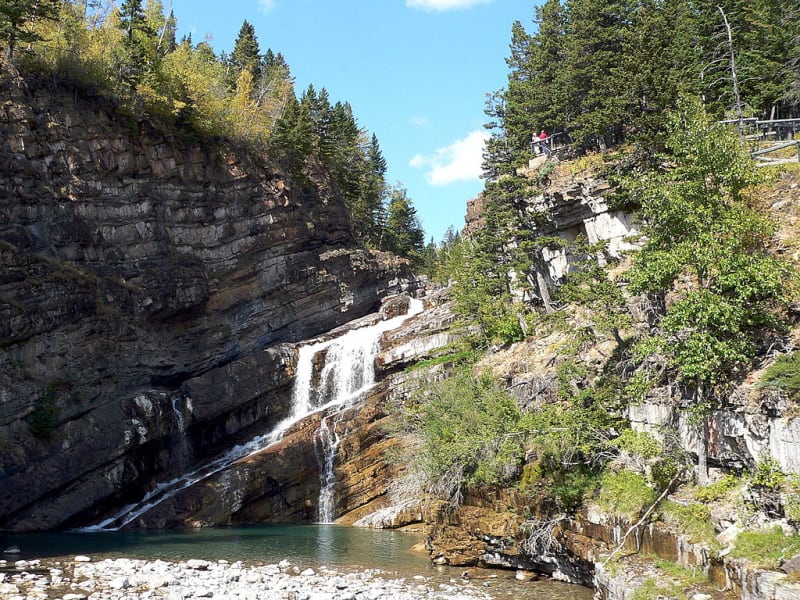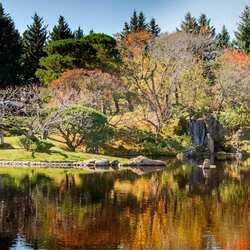Waterton Lakes National Park
Waterton Lakes is a Canadian national park located in the southwest of the Canadian province of Alberta on the border with the province of British Columbia and the state of Montana, USA. The area of the national park is 505 km2. The height above sea level ranges from 1274 to 2918 meters. The park is part of the worldwide network of biosphere reserves, and is also a UNESCO World Heritage Site in conjunction with the American Glacier National Park.
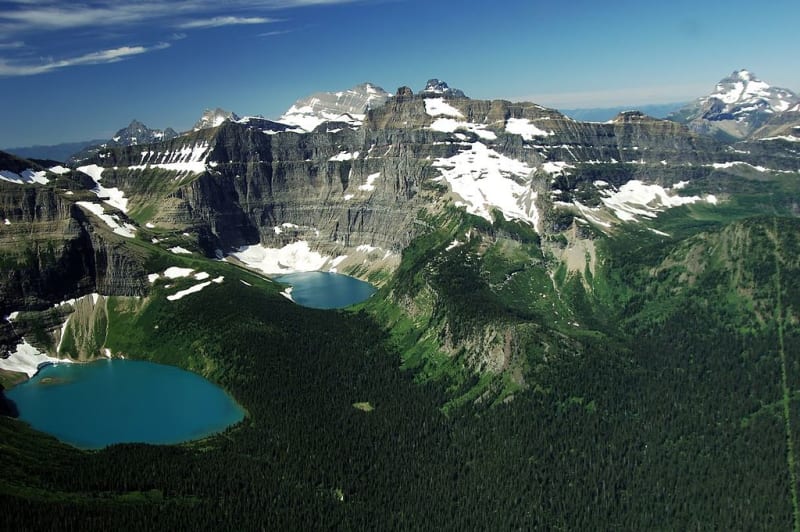
Park Waterton Lakes is part of the Peace Park, a unique place where the watershed of three oceans passes, mountains and prairies meet. There are many scenic routes in the park, popular with tourists, who come to these parts every year about 400 thousand people.
About 1,500 million years ago, there was a sea in this area, the presence of which is proved by fossilized ripples, as well as salt crystals. Then, even before the appearance of complex living organisms, rock formations formed as a result of erosion. The Waterton Lakes Park features rocks of various colors.: red mudstone contains oxidized iron, while green contains non-oxidized iron; beige, gray, and brown stones are dolomites and limestones, and black stones are of volcanic origin.

Significant changes in altitude are the main reason for the biological diversity of the region, which includes fields, subalpine forests, alpine tundra, prairies, rocks, lakes and marshy soils with fresh water. Each of these ecozones has a distinctive vegetation.
Some of the best places to visit are Cameron Lake and Summit Lake, surrounded by scenic slopes, Cameron Falls and Blackiston Falls. The pearl of Waterton Lakes Park is the not very deep but incredibly picturesque Red Rock Canyon. Guests more often settle in campsites, but more recently, the Prince of Wales Hotel has opened at their service, harmoniously fitting into the surrounding landscape. The hotel, thanks to its original architecture, quickly became a local landmark.
